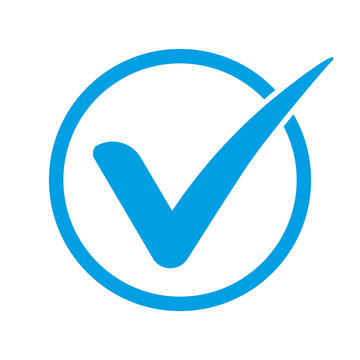Specifically speaking about Salesforce as a Customer Relationship Management (CRM) platform, it is an extremely generic, hugely flexible, and adaptive solution.
This also means that a business needs a sufficient amount of configuration and customization on the standard Salesforce objects, fields, workflows, business processes, notifications, triggers, integrations to make it mirror its business ecosystem and subsequently resolving its digital needs. Now once the technical hard work is done and the salesforce solution is ready to wow your business end-users, comes the mundane but rather more challenging part.
How do you transition your traditionally run corporate’s BAU work to be NOT handled now by using the age-old favorite tool Excel but would rather be accomplished using the world’s no. 1 CRM.
The obstacles in this digital journey are not the seemingly obvious ones of lack of intent or funding from the top management. Surprisingly, the biggest challenge here, from my humble experience across projects, is the adoption of CRM by ground personnel.
You may be wondering why you would have adoption challenges for the CRM that has amazed you all in different showcases and presentations! Sure enough, let’s dig into some obvious and some not so obvious reasons behind these hurdles:
- Human psychology: Aversion to change
- Learning Curve
- Fear of transparency as now the data is always available for higher-ups perusal.
- Unwarranted fear of data getting shared with peers, rivals, competitors
So on and so forth…..
The list is endless and at varying degrees of application; as unique as maybe the business, geography, implementations, and outcomes.
The crux of above pointers is that besides providing the requisite monetary assistance and intent to push for automation with Salesforce engagement, the onboarding organization would need to embrace the simple fact that technology implementation is just a stepping stone and the drum rolls would need to wait till users have finally started using all CRM critical path features. In other words, Salesforce unfortunately is welcomed into an organization with this huge baggage of expectation that its magic word from day 1.
Alas, it isn’t!
One would have to accept the fact that CRM adoption will not be a sprint rather a marathon to be won by perseverance.
Let us go through some of the top reasons for disappointment on CRM rollout# 1, the very first release:
- Gaps between rolled out CRM solution and the actual business processes.
- System usage is not picking up.
- Presence of unused fancy automation features but ironically missing quite a many seemingly simple pain points of users.
Following on Pareto principle, above points comprising of 80% of the problems can very well be handled by some simple suggestions
